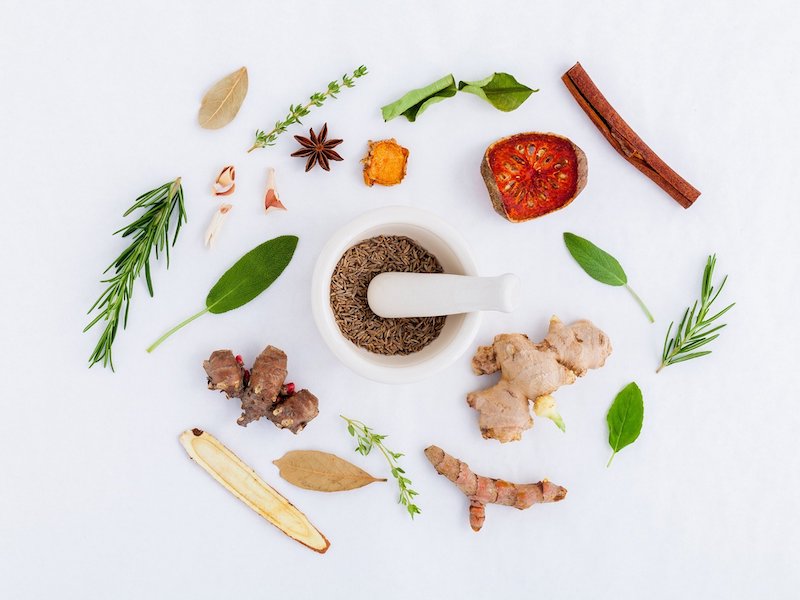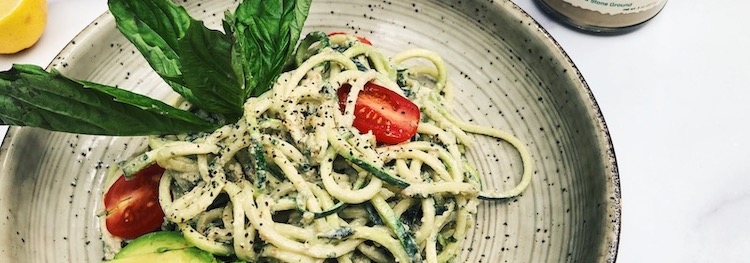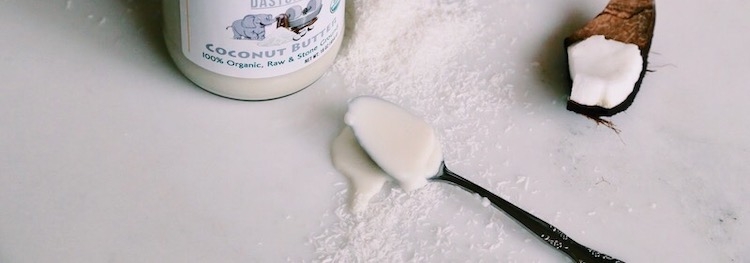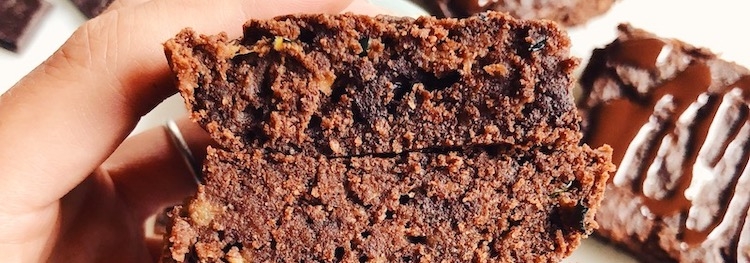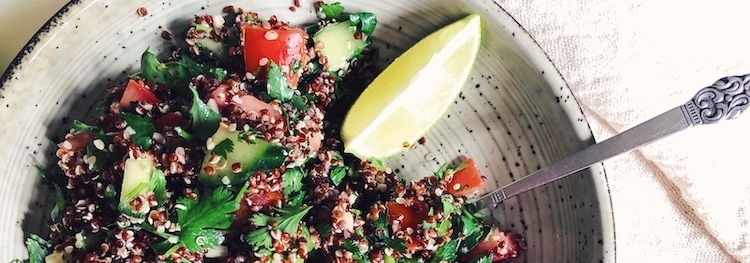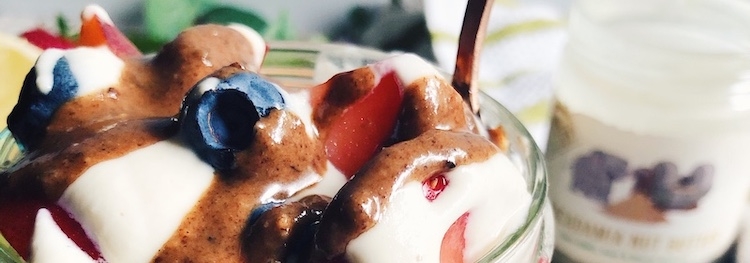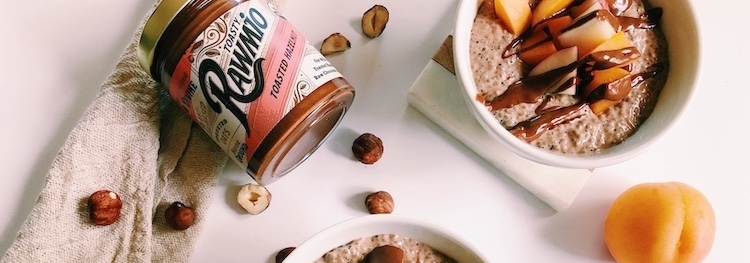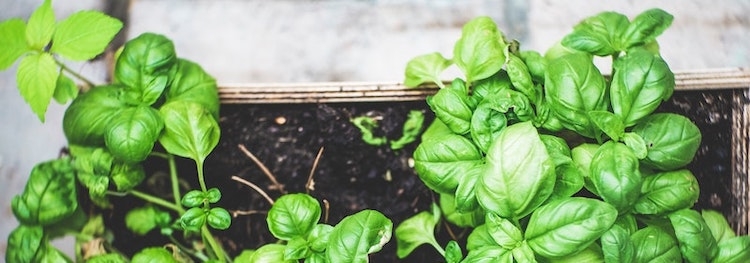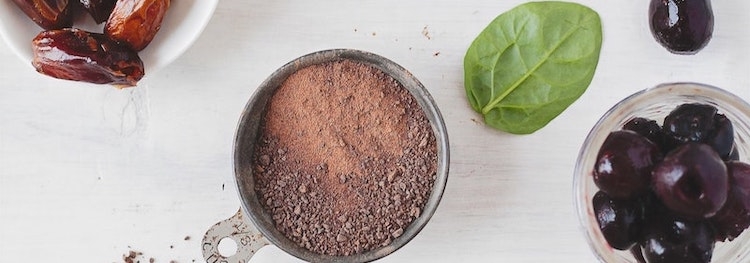A Guilt-Free Cheesecake that's Good for your Gut!
- By Alex Malinsky
- Oct 1, 2020
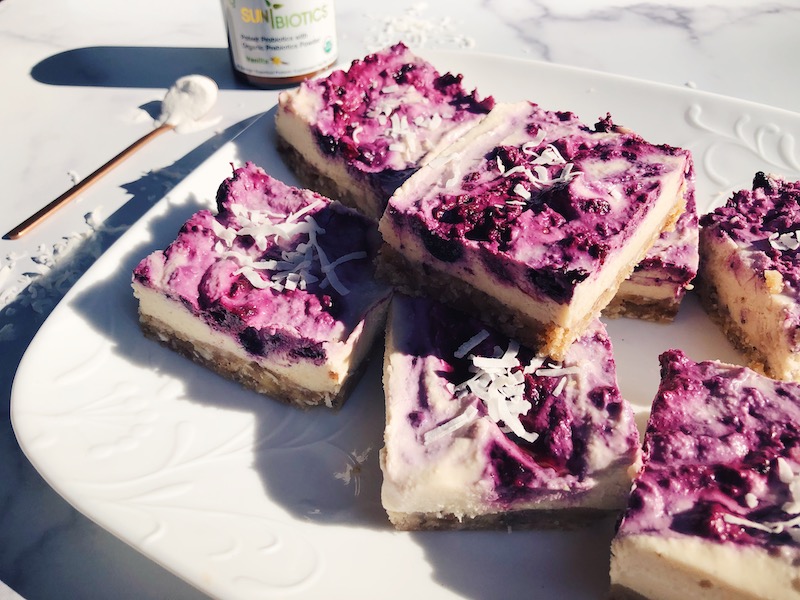
Yes, these vegan cheesecake bars are both delicious and beautiful. They're also vegan, gluten-free, grain-free, (almost) raw, and are completely free of refined sugar. But the benefits don't end there. They also contain billions of probiotics and prebiotics to boost digestion and your immune system. Wait just a minute - a cheesecake that's guilt-free, nutrient-rich, and good for your gut!? You bet!
These bars are packed with nutrient-rich ingredients like raw walnuts and cashews, coconut butter, dates, and berries to energize your body and give you a sweet tooth fix without a blood sugar crash or sugar coma. Adding a teaspoon of Sunbiotics vanilla probiotics to the cake filling means each bar will contain billions of probiotics (1/3 a tsp has 20 billion CFU's!) without changing the flavor of your recipe at all.
Each bite is smooth, dense, and creamy - just like a cheesecake should be. The swirls of sweet mixed berry puree perfectly compliment the zestiness of the lemon and sweet vanilla in the filling. And no baking is required. If you're a raw dessert fan or love cheesecake in general, this is a must-try!
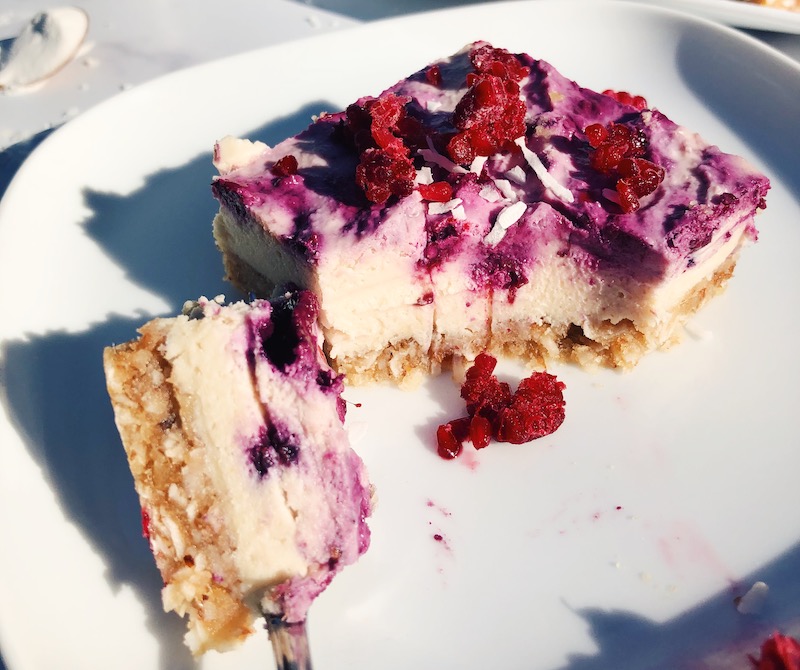
The Recipe
Mixed Berry Probiotic Cheesecake Bars
Makes 1, 8 x 8" square baking pan (6 cheesecake bars)
Ingredients
Cheesecake filling
1.5 cups raw cashews, soaked
1/2 cup full fat coconut milk
1/2 cup Dastony stone ground raw coconut butter
1/3 cup maple syrup
1 lemon, juiced
1 heaping tsp fresh lemon zest
1 tsp vanilla extract
2 pinches Himalayan crystal salt
1 tsp Sunbiotics vanilla probiotic powder
Berry layer
1.5 cup frozen mixed berries
1 Tbs maple syrup
Crust
1.75 cups almond flour
1 cup raw coconut flakes
3/4 cup Dates
1/2 cup raw walnuts
1 Tbs Dastony stone ground raw almond butter
1 tsp melted coconut oil
2 pinch Himalayan crystal salt
Steps
Line an 8×8 inch tin with parchment paper or cling film.
1. Crust Prep the base by blending all the ingredients together in a food processor until it creates a crumbly, sticky texture. Test it by pressing it together with your fingers. It should bind but not be too wet. If it's too crumbly you can add a tiny splash of water.
2. Press the mixture into the bottom of the tin - make sure it's even.
Filling
1. Place all cheesecake filling ingredients in blender except lemon zest. Blend until smooth and creamy - this may take a full minute to fully blend. The smoother you can get it, the more authentic it will be in texture. Then add zest and blend again briefly.
2. Pour the cheesecake filling on top of the base mixture and smooth with the back of a spoon.
3. Place frozen berries in pan and place on the stove on low heat. Add maple syrup and let it simmer for just a minute or so. You don't want it to become overcooked as it will lose too much of its water. If you're using fresh berries you can also add those to a blender with the maple syrup and simply blend until smooth.
4. Pour berry mixture over filling, and using a knife or a chopstick swirl the puree around.
5. Cover the tin with foil or cling film and leave to set in the fridge for at least 6 hours, or freezer for at least 2 hours before serving. Can be stored in the fridge for up to a week, or in the freezer for months and thawed before serving.

